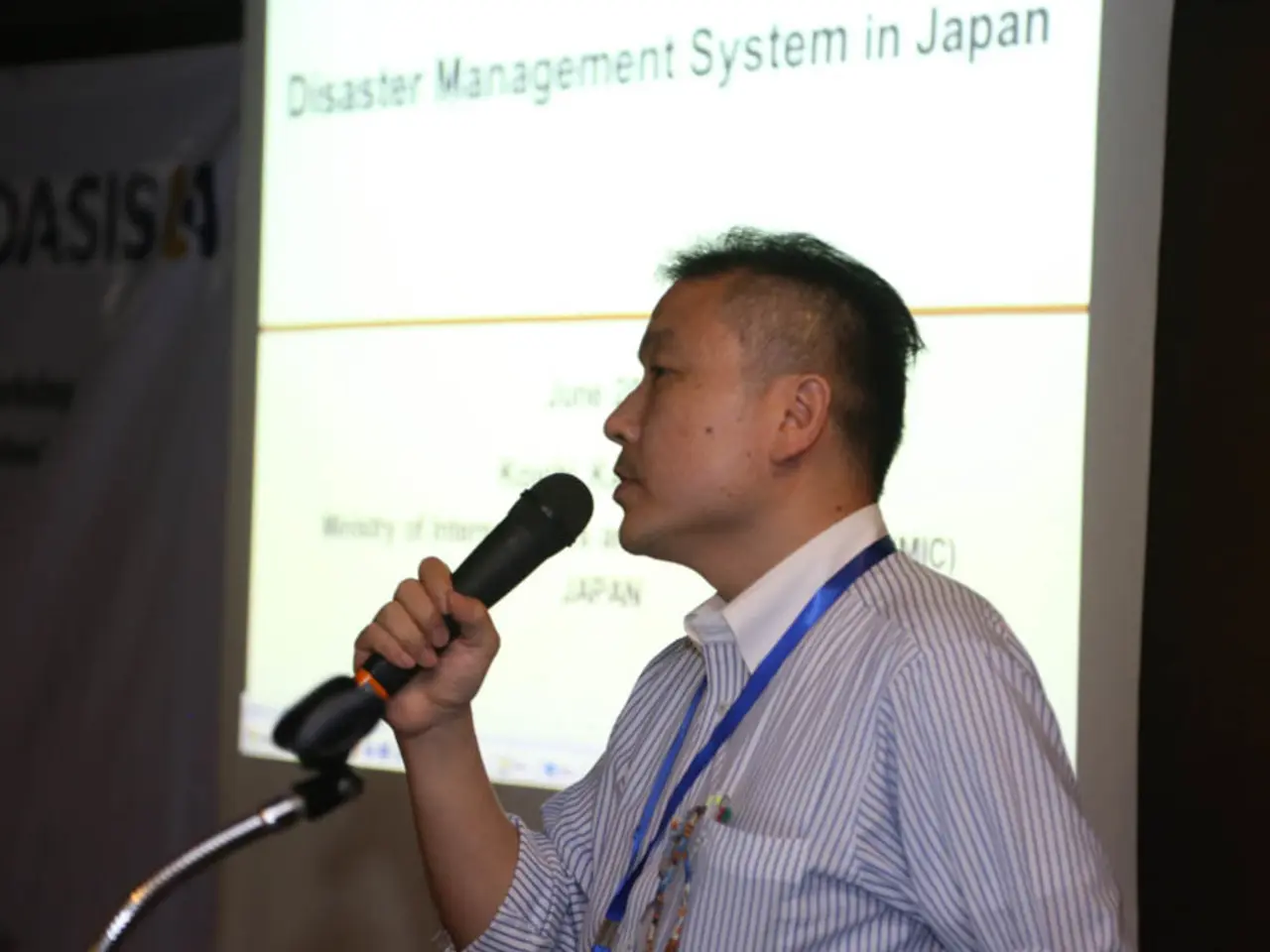Russia's earthquake sparks 1.3-meter tsunami in Japan
On July 30, 2025, Japan experienced a devastating tsunami that was directly linked to a massive 8.8-magnitude earthquake off the eastern coast of Russia's Kamchatka Peninsula on July 29.
The Cause
The earthquake was a large shallow reverse fault event in the subduction zone where the Pacific Plate is being pushed under eastern Russia along the Pacific "Ring of Fire." The fault rupture area was about 390 km by 140 km, representing a major slip on the plate boundary.
The earthquake, measuring 8.8 Mw, was one of the largest quakes of the century, occurring at a shallow depth (~20-35 km), which caused substantial seafloor uplift and water displacement leading to the tsunami.
The Extent and Impact of the Tsunami in Japan
The Japan Meteorological Agency issued tsunami advisories for the entire Pacific coast of Japan, from Hokkaido down to Kyushu, signaling a widespread threat along the coastlines. The tsunami warnings prompted live monitoring of various Japanese coastlines, and waves were reported along these coasts, reflecting the large oceanic wave generated by the distant Kamchatka quake.
The tsunami waves were significant enough to trigger warnings along not only Japan's coast but also across the Pacific, including Hawaii and the U.S. West Coast, demonstrating the extensive reach of the tsunami generated by this event.
The Relation between the Tsunami in Japan and the Kamchatka Earthquake
The tsunami was directly caused by the massive seafloor displacement during the Kamchatka megathrust earthquake, as the sudden movement of the ocean floor displaced a huge volume of seawater that propagated as tsunami waves across the Pacific basin. Shallow subduction zone earthquakes like this one are known to produce large tsunamis due to the vertical slip on the seafloor in subduction zones.
In Other News
Sally Shakkour, a news and breaking news writer with over 6 years of experience, has been closely following the events surrounding the Kamchatka earthquake and its aftermath. As a member of Al Bawaba's staff, Sally is responsible for publishing content, monitoring social media accounts, and leading the English news team at Al Bawaba. Sally's expertise lies in digital journalism, writing original node stories, and staying abreast of current trends and popular issues.
The earthquake hit Russia's sparsely populated Far East early on Wednesday, causing some minor injuries and prompting local authorities to evacuate around 2,000 people. The earthquake is one of the 10 biggest recorded in the history of Russia, according to the USGS report.
[1] Japan Meteorological Agency (2025). Tsunami Advisories for the Entire Pacific Coast of Japan. [Online] Available at: https://www.jma.go.jp/en/earthquake/advisory/index.html
[2] United States Geological Survey (2025). Kamchatka Megathrust Earthquake, July 29. [Online] Available at: https://www.usgs.gov/natural-hazards/earthquake-hazards/earthquakes/earthquakes/50204793
[3] National Oceanic and Atmospheric Administration (2025). Tsunami Warnings and Advisories for the U.S. West Coast. [Online] Available at: https://www.tsunami.noaa.gov/
[4] Hawaii Emergency Management Agency (2025). Tsunami Evacuations in Hawaii. [Online] Available at: https://www.hawaii.gov/dod/hiema/
[5] The New York Times (2025). Japan Tsunami Triggered by Russian Earthquake. [Online] Available at: https://www.nytimes.com/2025/07/30/world/asia/japan-tsunami-russia-earthquake.html
- The Japan Meteorological Agency, in response to the tsunami triggered by the Russian earthquake, issued tsunami advisories for the entire Pacific coast of Japan.
- Sally Shakkour, a news and breaking news writer, has been closely following the events surrounding the Kamchatka earthquake and its aftermath, including the general-news and weather reports related to the tsunami impact on Japan.
- As the earthquake off the eastern coast of Russia's Kamchatka Peninsula generated significant tsunami waves, news outlets like The New York Times published articles on the Japan Tsunami, highlighting the history of similar events and the impact on coastlines.
- The extensive reach of the tsunami waves led to weather warnings across the Pacific, prompting emergency services in Hawaii to initiate tsunami evacuations and the National Oceanic and Atmospheric Administration to issue tsunami warnings and advisories for the U.S. West Coast.
- In addition to the immediate threat of the tsunami, the Kamchatka megathrust earthquake also raised questions about crime and justice, as authorities investigated the potential for accidents or infrastructure damage caused by the seismic event.







